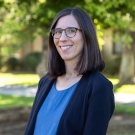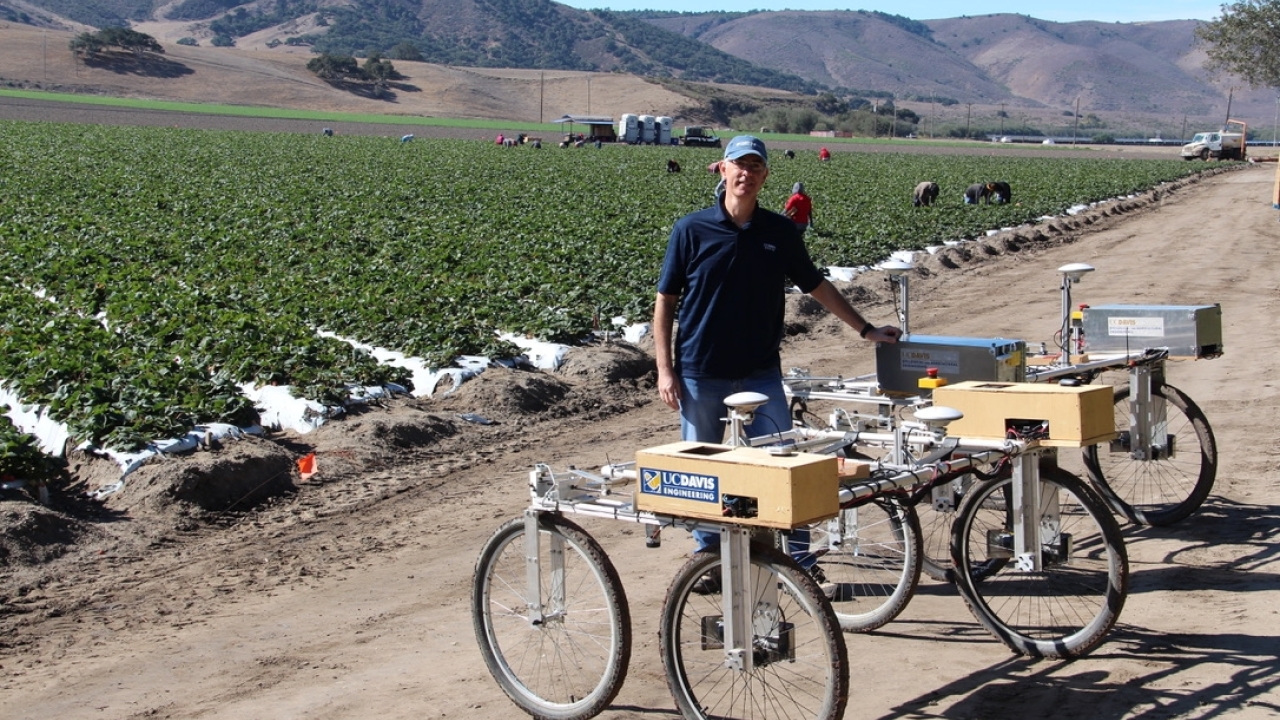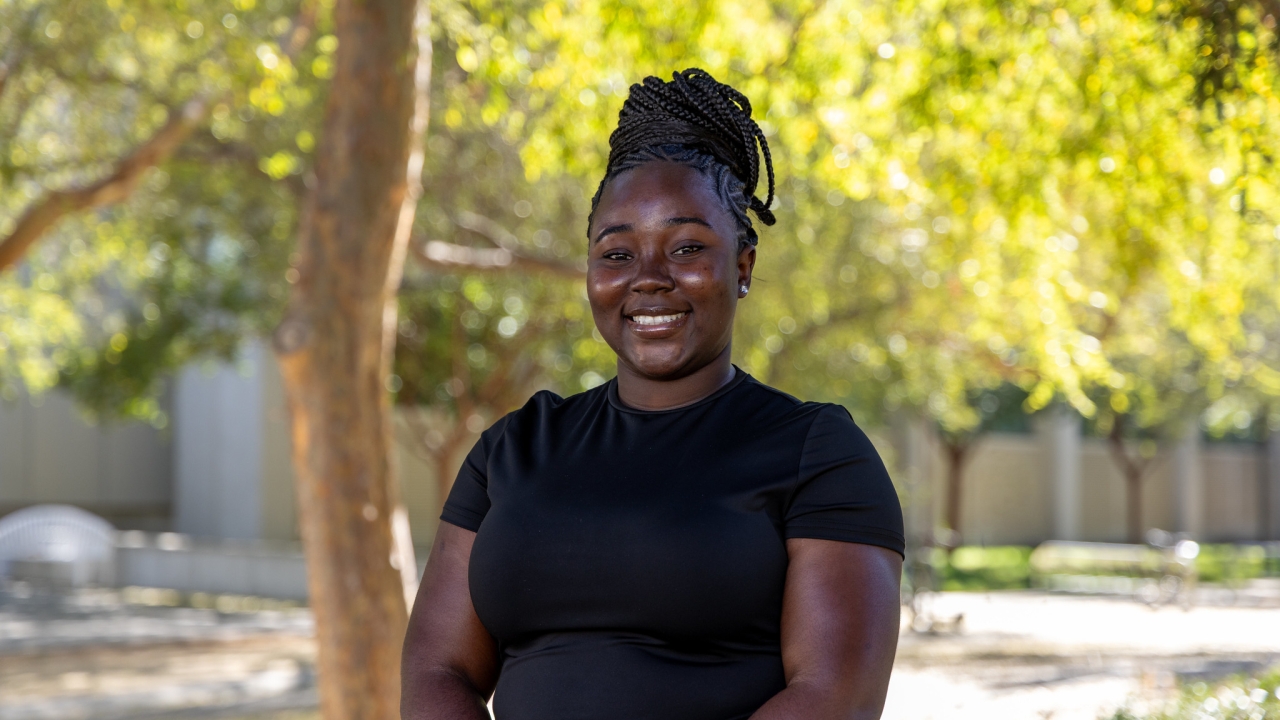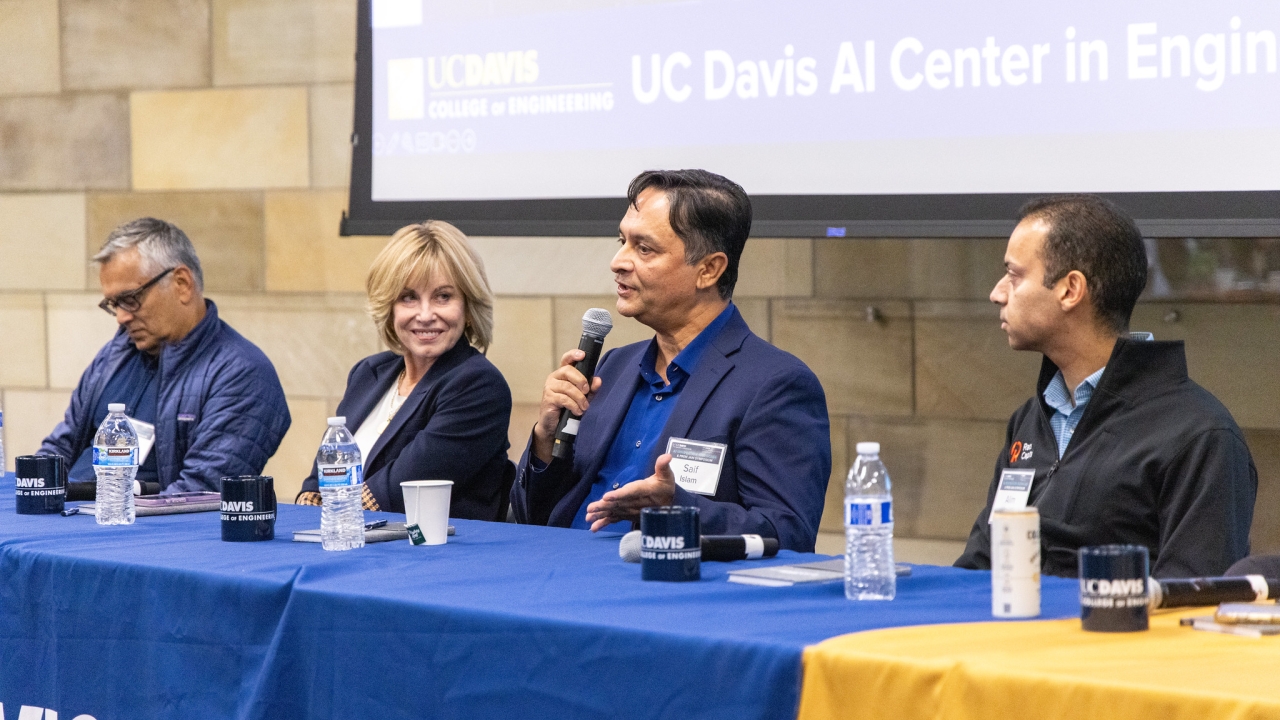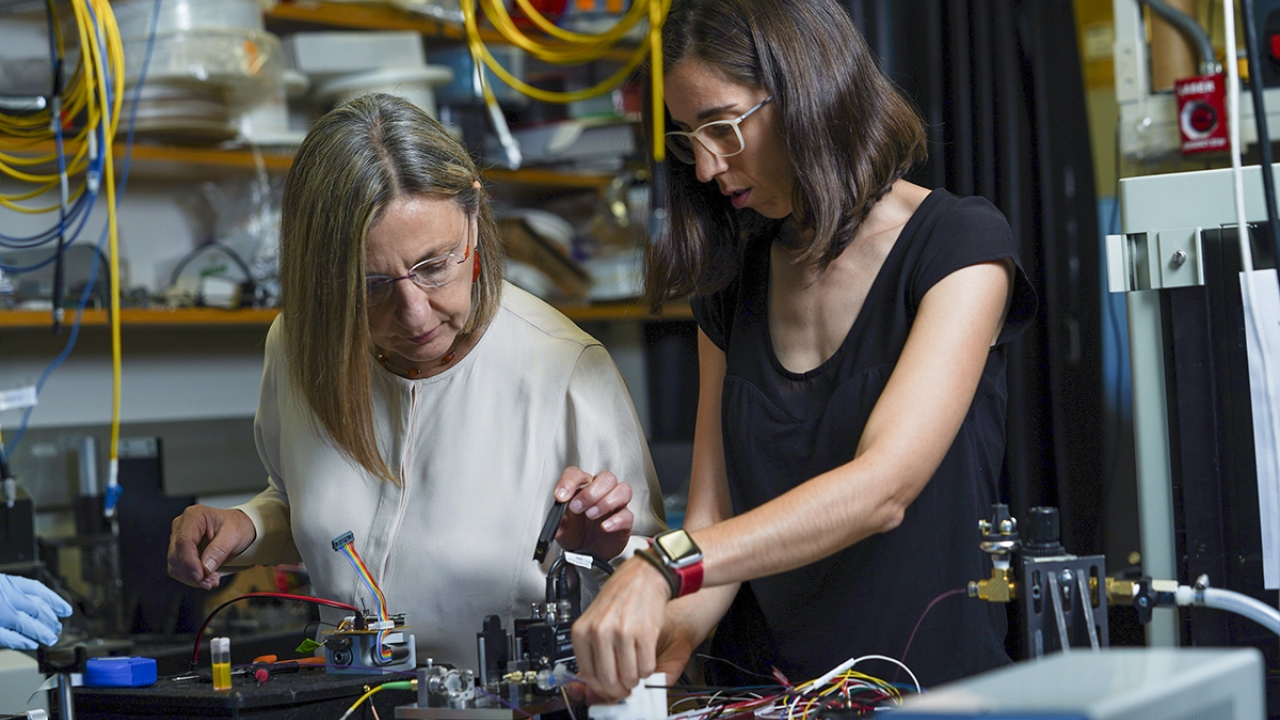
From Dark Rooms to Operating Rooms
New biomedical engineering professor translates photonic research into usable tools
Throughout her research career, Alba Alfonso García has been fascinated by the power of photonics — the science of generating, detecting and manipulating light — to clarify complex biological issues by illuminating the otherwise unnoticeable.
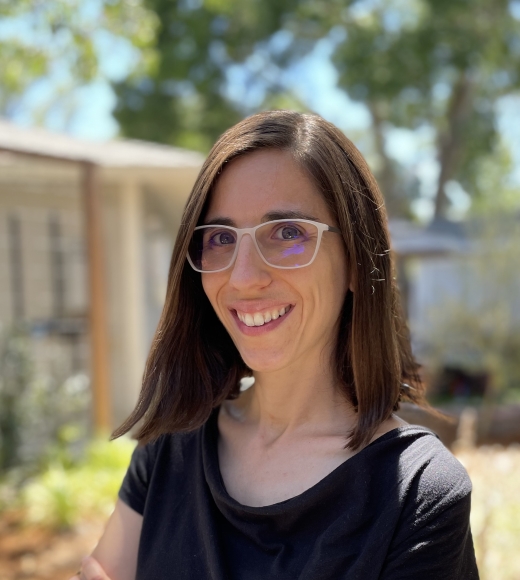
Her work in this field also helped shine a light on something else: There was a gap between the researchers advancing technology and the clinicians helping patients. Most of the time, the photonic devices that worked in a lab did not translate to the operating room.
"About 15 to 20 years ago, people in the photonics field were developing very cool imaging and sensing techniques, demonstrating that they work and then moving on to the next one," she said. "It was very proof of concept, which is great, and it's going to keep happening, but then I realized, 'Oh, we need to actually know how to use this technology to bring it to the next level.'"
Alfonso García, now an assistant professor of biomedical engineering at the University of California, Davis, seeks to address this disconnect. Her research program focuses on innovating imaging technologies and translating these advancements into tools that meet the needs of medical professionals.
Clinical Results
Much of Alfonso García's research revolves around fluorescence-lifetime imaging, or FLIm.
FLIm enables researchers to study molecular, metabolic and morphologic changes in living systems by sending specific types of light to tissues, prompting the molecules within to emit different fluorescence levels.
She became interested in the method in 2016 when she started as a postdoctoral scholar under Professor of Biomedical Engineering Laura Marcu, who specializes in researching and engineering FLIm devices and serves as the director of National Center for Interventional Biophotonics Technologies.
A breakthrough result of Marcu's research is that FLIm can detect the edges of a brain tumor, which typically have an undefined border to the unaided eye — research that has greatly influenced Alfonso García's interest in using FLIm to reveal cancer morphology and development. However, before neurosurgeons could apply the technology in the operating room, someone needed to optimize it.
As part of Marcu's lab, Alfonso García saw how necessary it is to make a photonic device into something workable for a clinician.
Engineering in Translation
For the FLIm device, one of the biggest challenges with bringing it into the operating room was that the overhead lights are often on during a neurosurgeon's operation. At the lab, the researchers always had the lights turned off.
Since the technology relies on acquiring and detecting photons in a low-light environment, this posed a significant challenge.
"The environment in the operating room is absolutely different from the environment in the dark room in the lab," Alfonso García said. "You need to adapt this instrument and this methodology to something you can now reel into the operating room."
The lab developed a new method for the device to work while exposed to direct light. There was also a lot of engineering work to make the device more compact, portable and user-friendly than the original lab version, explained Alfonso García.
Now, medical professionals from UC Davis Health and the Netherlands Cancer Institute use the FLIm device to detect tumors during surgery.
This type of translational expertise — ensuring that engineering advancements can be used by the professionals they aim to help — is an area that Alfonso García wants to continue to explore and refine in her lab, emphasizing the importance of understanding the clinician's environment and finding an engineering solution that meets their needs.
Lighting Her Path
Building off her experience in Marcu's lab, Alfonso García aims to expand the application of FLIm to address other medical needs.
She's working on a project to apply FLIm technology to a device that can identify the shape of colorectal cancer, which affects the colon and rectum. When there's cancerous growth in the rectum, it's important to preserve as much tissue as possible to maintain digestive function, but the extent of tumors can be hard to discern with current methods. For example, with colon cancer, surgeons remove a large section of the organ to minimize the possibility of cancerous tissue remaining after surgery.
Having a tool that can show a surgeon the outline of a colorectal tumor during an operation would be a huge improvement to patient care. Alfonso García wants the device to be able to conduct a post-surgery scan to detect any remaining sections of cancer following surgery and to provide a less invasive option for monitoring the patient's healing and treatment progression.
She also wants to enhance FLIm with Raman spectroscopy, a technique for measuring vibrations to gain a structural understanding of molecules. Alfonso García is particularly interested in coherent Raman scattering, a phenomenon whereby a molecule causes light to scatter in a specific direction, greatly improving detection efficacy and, therefore, imaging speed. This scattered light can provide a lot of information about human tissue.
"The methods complement each other quite nicely," she said, "because FLIm is very good at detecting metabolic changes, but it's a little bit unspecific. Raman is very specific — it's like a molecular fingerprint — so you get a lot more information on what it is that you have there."
That's a long way away, however, as coherent Raman scattering currently requires large machines to function. But it's an exciting challenge for Alfonso García who sees the technique as a key piece for advancing healthcare.
"That's what I want to explore, whether we can bring Raman a step forward because we're at the stage where things are slow and bulky. I believe a combination of techniques with multidimensional information will be key to providing clinically meaningful information, more than just FLIm or Raman alone."
Media Resources
- Matt Marcure, Content Specialist, mmarcure@ucdavis.edu

